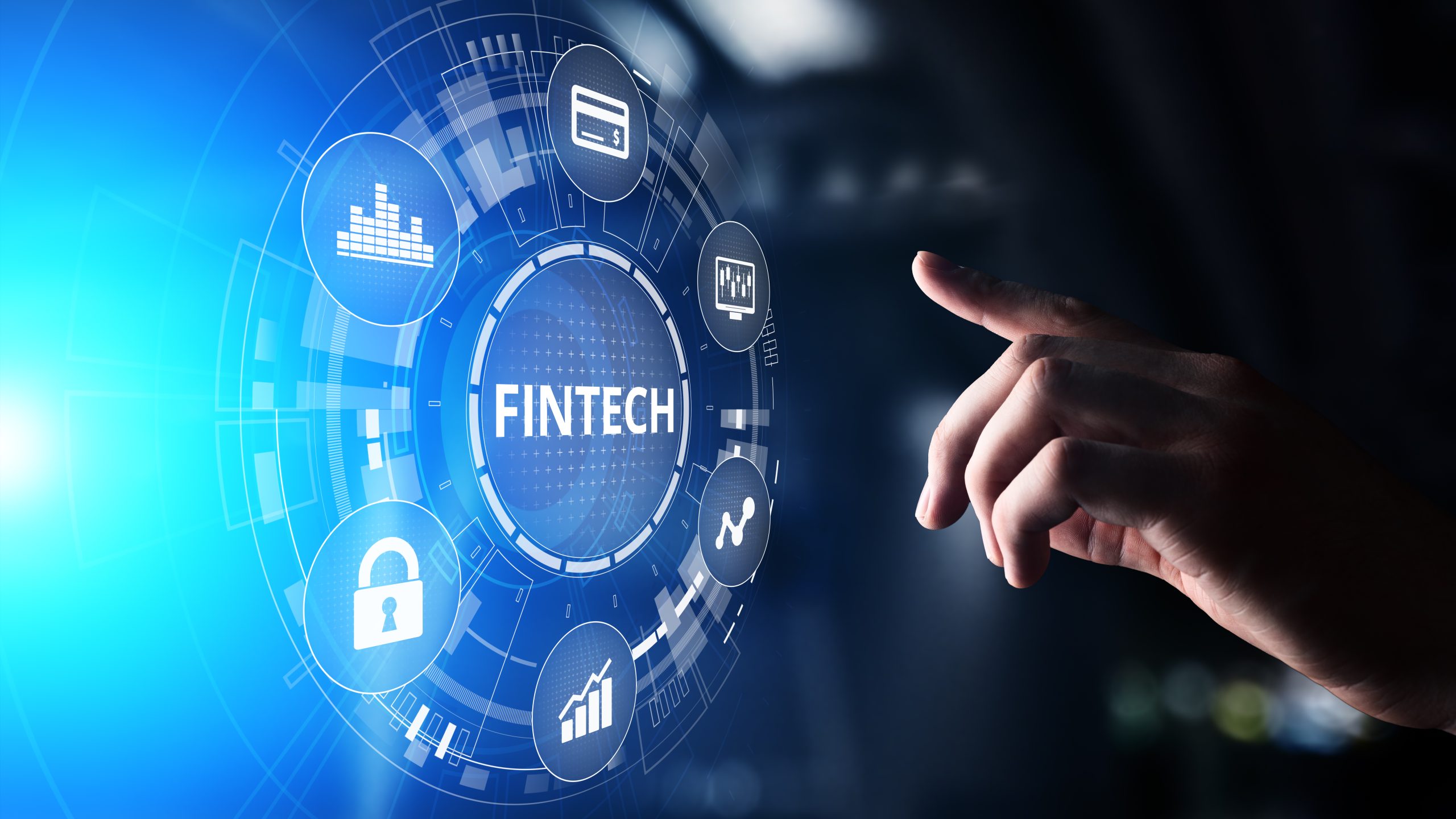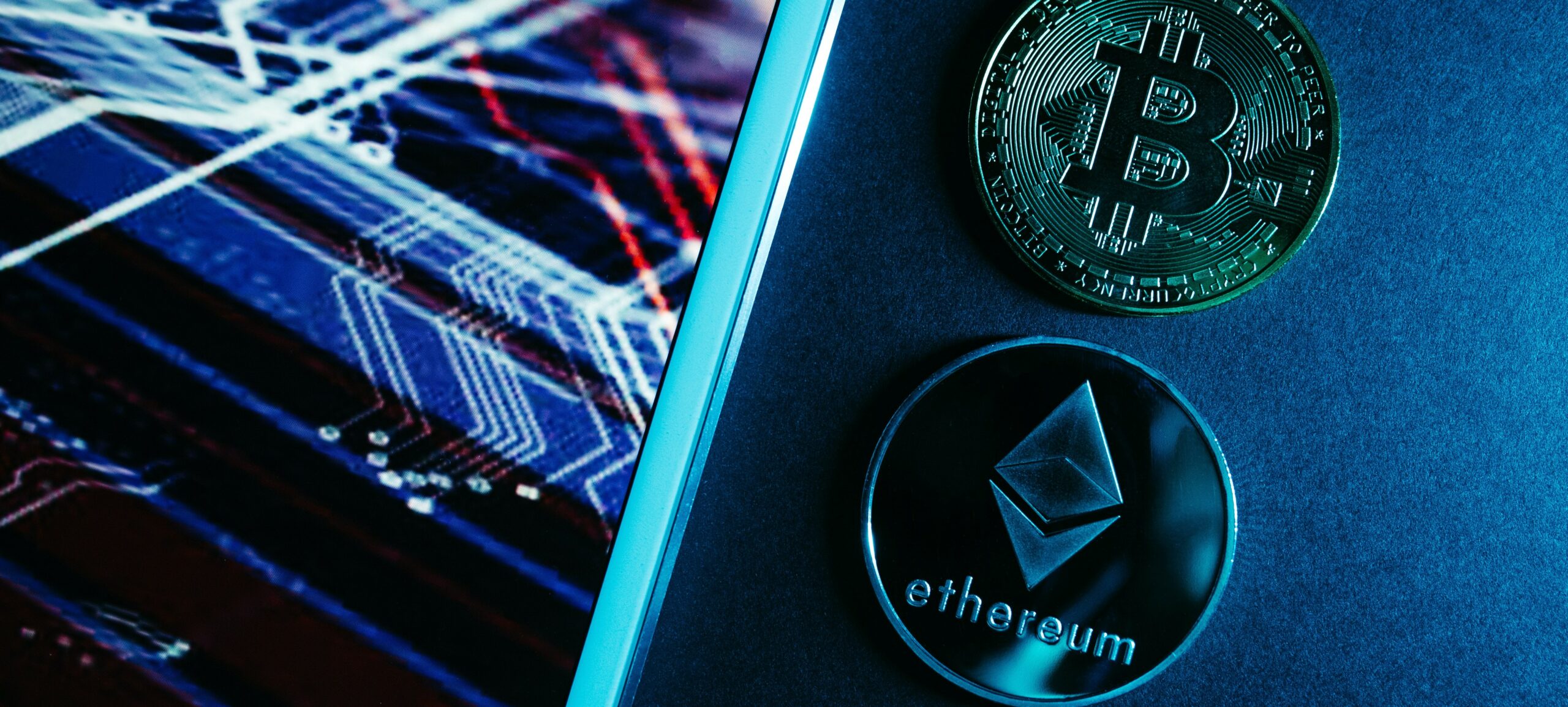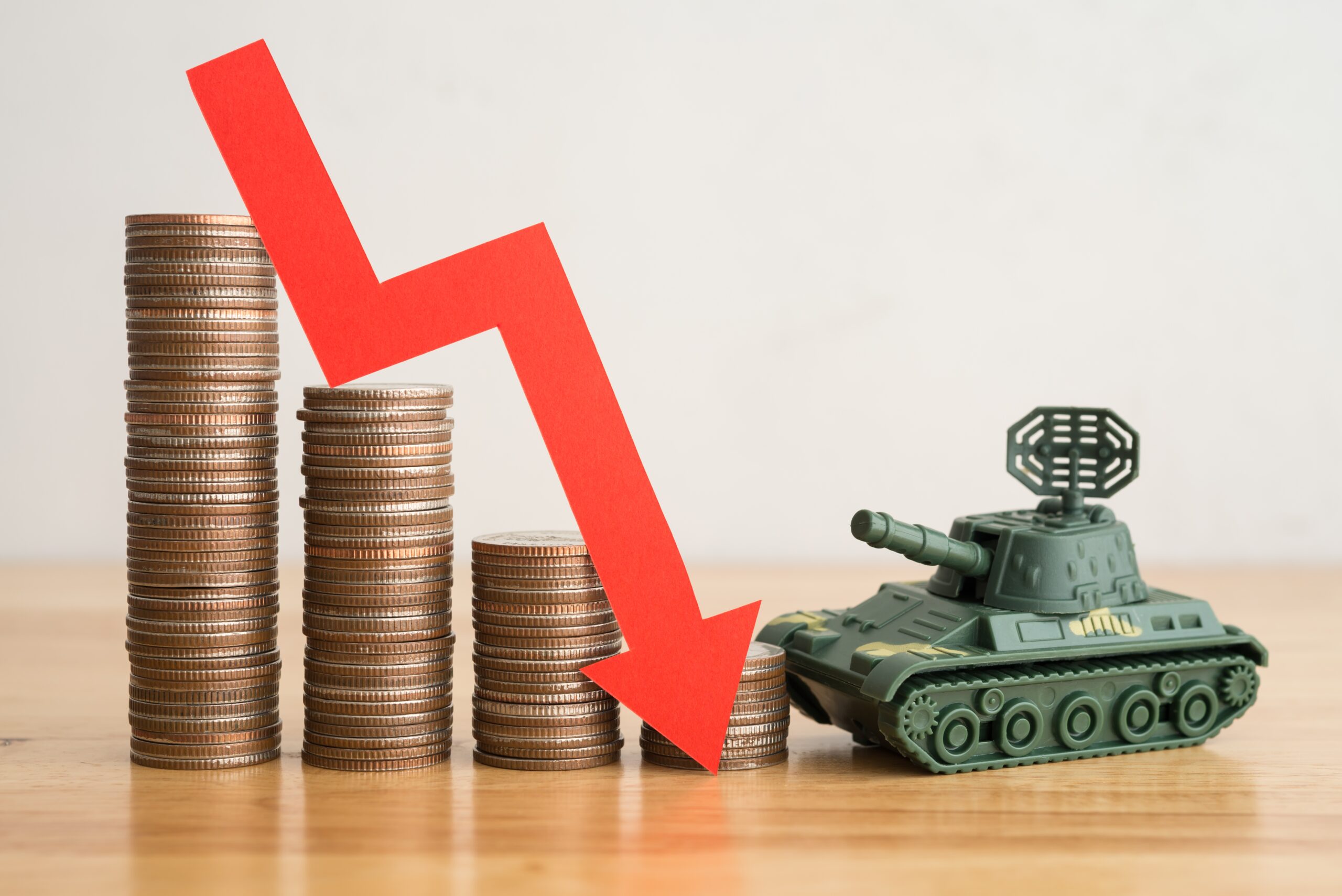The Good, the bad, and the ugly: Deep dive into NFT’s future
After attracting mainstream attention when Beeple sold his NFT collection for a whopping $69 million at Christie’s (1), the non-fungible token marketplace registered an unprecedented boom by the end of 2021, with sales recording a 21,000% jump compared to 2020’s numbers, according to a report from NFT data company “Nonfungible.com”, partnered with BNP Paribas’s L’Atelier (2). While the future of this market remains open to speculation, we will explore three possible scenarios the NFT market might experience based on examples of real NFT projects.
Blockchain & Ethereum: Key enablers of NFTs
To better speculate on the future scenarios of NFTs, we need to gain a better understanding of their foundation, specifically Blockchain, which serves as the backbone of NFTs. Blockchain was developed in the aftermath of the 2008 financial crisis, becoming a massive enabler for change in a broken system. Blockchain records all transactions in a way that makes it nearly impossible to hack, cheat, or change the system. The goal behind this technology was to create a new decentralized monetary system by transferring control and decision-making from centralized entities to a distributed network. The major blockchain innovations were cryptocurrencies (e.g., Bitcoin, Ethereum…) and NFTs.
Ethereum is a cryptocurrency that can be obtained in the same manner that a national currency can be exchanged for a foreign currency. The only difference is that instead of going to banks, people can exchange their money on secure platforms such as Coinbase or Metamask (3). Although banks might be considered a more secure option given the fact that they are insured, crypto exchanges are far more secure since they are built on Blockchain technology, which ensures that every touchpoint is tracked, making it near impossible for any transaction to be hacked. Ethereum provides an additional versatile platform to other cryptos, which allows developers to implement Smart Contracts, improving traceability and verification (4).
1st Scenario: -The Good- NFTs Advantages and use cases as an enabler for a better future
Historically, the economy works in such a way that the final consumer earns money, which he then spends on buying physical goods. However, with the advent of digital tools (social media, gaming, streaming…), consumption habits are changing. Transactions are shifting away from physical goods and more toward digital goods, which poses a problem: digital goods are harder to monetize.
Consider the following example: an artist creates a physical painting that he attempts to sell, and someone attempts to produce replicas of his artwork. The buyer, in this case, would be able to tell the difference between the authentic and “fake” painting (brush strokes, signature, etc.). However, in the case of a digital artist, painting the same piece of art on his digital tool, he runs the risk of losing control over the asset the moment he puts it up for sale (as a JPEG image), given how easy it is to make copies, which would then look identical to the original art form, causing it to lose scarcity and thus value.
This is what NFTs are trying to change. Based on Blockchain technology, NFTs can indisputably verify the original version of a digital product, which is attributed to a one-of-a-kind token of ownership that has a unique value. So, when people are trading NFTs, what they are really doing is buying and selling their virtual ownership of something. Based on this formula, we will present 3 future usages of NFTs that can potentially change how we perceive the digital world.
-
Community -Bored Ape Yacht Club-
While the bar regarding customer relationship is currently set so low in many NFT projects (essentially no customer relationship after the transaction), there is one collection of NFTs called the “Bored Ape Yacht Club”, with 10,000 unique ape images (the cheapest one going for $200,000). The point is, we regularly find that superstars (Neymar, Post Malone, etc.) and people who own these NFTs are using these photos everywhere, as a symbol of pride that they’re part of this exclusive club. On top of that, the creators of this Bored Ape collection organize physical get-togethers for people who own a bored ape NFT (5). Although this remains the exception, for now, we can expect a brighter future for NFT projects following a similar, or inspired approach, giving more than ownership of an NFT.
-
Gaming -Blankos Block Party-
Many companies are betting that NFTs will enter the video game world in a big way, which, if successful, could introduce NFTs to a massive new audience and forever change the way we value digital objects. Think of this: gamers already spend money on buying and selling game keys, digital weapons, and rare skins (cosmetic gear). Although these operate on legally dicey ground, it’s the game developer that ultimately owns the traded goods, not the players. A good example that comes to mind is Counter Strike: Global Offensive, which has always had one of the most significant grey markets, with players allegedly spending $100,000 on a specific weapon skin (6). This is where Blankos comes into play. The game operates on the premises of accessibility, ownership, and scarcity. It is a free title where players can collect, customize, or sell NFTs of characters and objects created by developers and major brands. The results so far speak for themselves. Blankos entered early access in June 2021. One week later, it recorded 100,000 NFT purchases, with major brands and artists including Burberry, Quiccs, and Deadmau5 launching in-game items (7).
-
Documentation -Blockcerts-
It is possible to use NFTs to verify documentation, such as certifications, diplomas, medical histories, passports, etc. For example, when it comes to academic credentials, hiring managers can quickly verify the certifications and degrees of job candidates. This would be a huge breakthrough to prevent fraud and smooth the verification processes. Blockcerts is a blockchain-based service that already makes it possible to verify academic credentials (8). However, it doesn’t use NFT technology quite yet, which would make it even more useful in the future.
2nd Scenario: -The bad- NFTs, the next financial bubble
The NFT market has lately been criticized for being a bubble. A report from “Nonfungible.com” presents the market as a buyers’ market. In fact, while the number of NFT sellers increased by a mind-blowing 3,669% compared to last year, the number of buyers increased by “only” 2,962%. The report also finds that NFTs are kept for only 48 days on average in 2021 before being sold, compared to 156 days the year before (9). This sparks concerns that the market might be saturated.
Additionally, looking at NFT’s “Silent Crash”, which occurred in April 2021, the floor value of NFTs dropped significantly. Although prices had been slowly dropping since February 2021, as buyers weren’t investing or buying and sellers had to drop their prices because the market wasn’t moving, the NFT market took a hit. By June 2021, news headlined that the NFT market had officially crashed, falling nearly 90% from its peak (in May) (10). Eventually, the NFT market survived, mainly with NFT buyers showing an upward trend, helped by athletes and celebrities showing off their NFT collectibles. Fast forward to March 2022, where the average sale price of an NFT is now below $2,000, down from over $6,800 in January, according to Nonfungible (11). Even the Bored Ape Yacht Club, one of the best names in the NFT sphere, has seen its value slip.
Not so long ago, the NFT market capitalization had reached $23 million. By April 21st, 2022, it was barely over $10 million, according to CoinMarketCap(12) . Although this drop may seem to be caused by a variety of factors, such as inflation, the Ukrainian/Russian war, as well as the increased scrutiny of NFTs by the Securities and Exchange Commission, skeptics are still warning of an NFT collapse, described as a “cataclysmic market crash” (13).
3rd Scenario: -The ugly- NFTs, scam, cash grab, and environmental disaster
The more people discover about how NFTs are currently being used, the more concerned they get about what is yet to come. In fact, while NFTs were created with the intention of respecting the artist, the majority of them now are being used as cash grabs by opportunistic business owners. As an example, we can take a look at the Lazy Lions, which have been described as mass-produced, computer-generated cash grabs that have been manipulating the market (14).
Additionally, almost all NFT transactions use Ethereum, which is not environmentally friendly, to say the least. Ethereum uses a security mechanism called proof of work, which is what makes the NFTs fraud-proof. This security measure requires a significant number of computers around the world to be working simultaneously, resulting in high electricity consumption.
While many do not see how NFTs could be the next big thing in the digital world, some see it as a digital breakthrough. NFTs are believed to be putting power and economic control back into the hands of digital creators and pushing forward the next internet revolution. This being said, NFTs have a long way to go to reach this potential.
Sources:
1: The Wall Street Journal: Your NFT Sold for $69 Million.
2: The 2021 NFT Market Report: Presented by Non-fungible and L’Atelier
3: Forbes: How to Buy a Cryptocurrency?
5: CNET: Bored Ape Yacht Club NFTs: Everything you need to know
6: Ginx: Someone bought a CS:GO Skin for $100,000.
7: Engadget: Blankos Block Party is an NFT Trojan Horse for the video game industry
9: The 2021 NFT Market Report: Presented by Non-fungible and L’Atelier
10: Kotaku The NFT Market Has Collapsed, Oh No
11: Nonfungible.com/Market-tracker
13: Fortune: NFT Collector predicts the market is about to crash
You may also like
Warning: Undefined variable $content in /var/www/sdomains/nexatestwp.com/infomineo.nexatestwp.com/public_html/wp-content/themes/infomineo/single.php on line 235
Warning: Undefined variable $content in /var/www/sdomains/nexatestwp.com/infomineo.nexatestwp.com/public_html/wp-content/themes/infomineo/single.php on line 235
Warning: Undefined variable $content in /var/www/sdomains/nexatestwp.com/infomineo.nexatestwp.com/public_html/wp-content/themes/infomineo/single.php on line 235
Warning: Undefined variable $content in /var/www/sdomains/nexatestwp.com/infomineo.nexatestwp.com/public_html/wp-content/themes/infomineo/single.php on line 235
Warning: Undefined variable $content in /var/www/sdomains/nexatestwp.com/infomineo.nexatestwp.com/public_html/wp-content/themes/infomineo/single.php on line 235
Warning: Undefined variable $content in /var/www/sdomains/nexatestwp.com/infomineo.nexatestwp.com/public_html/wp-content/themes/infomineo/single.php on line 235
Warning: Undefined variable $content in /var/www/sdomains/nexatestwp.com/infomineo.nexatestwp.com/public_html/wp-content/themes/infomineo/single.php on line 235
Warning: Undefined variable $content in /var/www/sdomains/nexatestwp.com/infomineo.nexatestwp.com/public_html/wp-content/themes/infomineo/single.php on line 235
Warning: Undefined variable $content in /var/www/sdomains/nexatestwp.com/infomineo.nexatestwp.com/public_html/wp-content/themes/infomineo/single.php on line 235
Warning: Undefined variable $content in /var/www/sdomains/nexatestwp.com/infomineo.nexatestwp.com/public_html/wp-content/themes/infomineo/single.php on line 235












